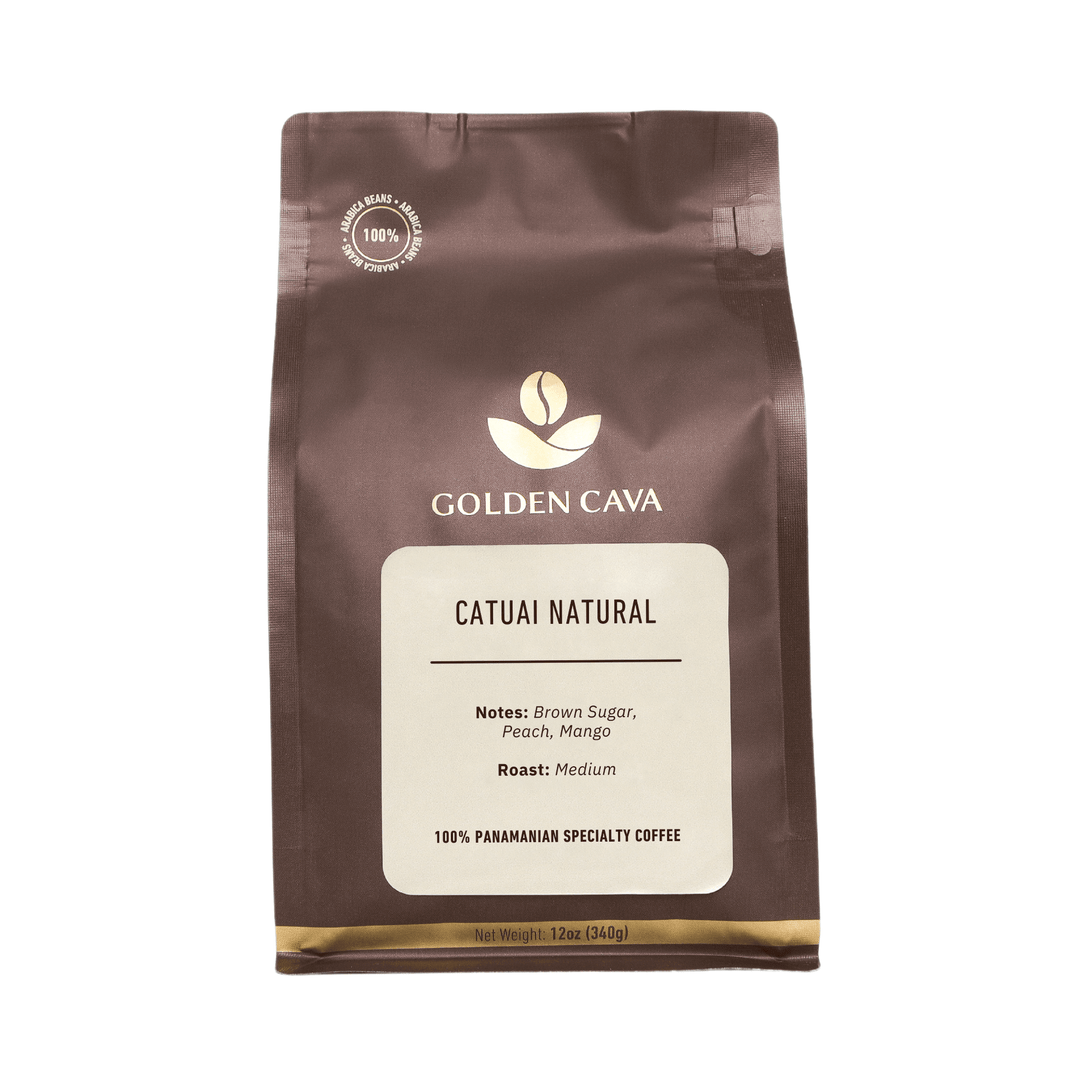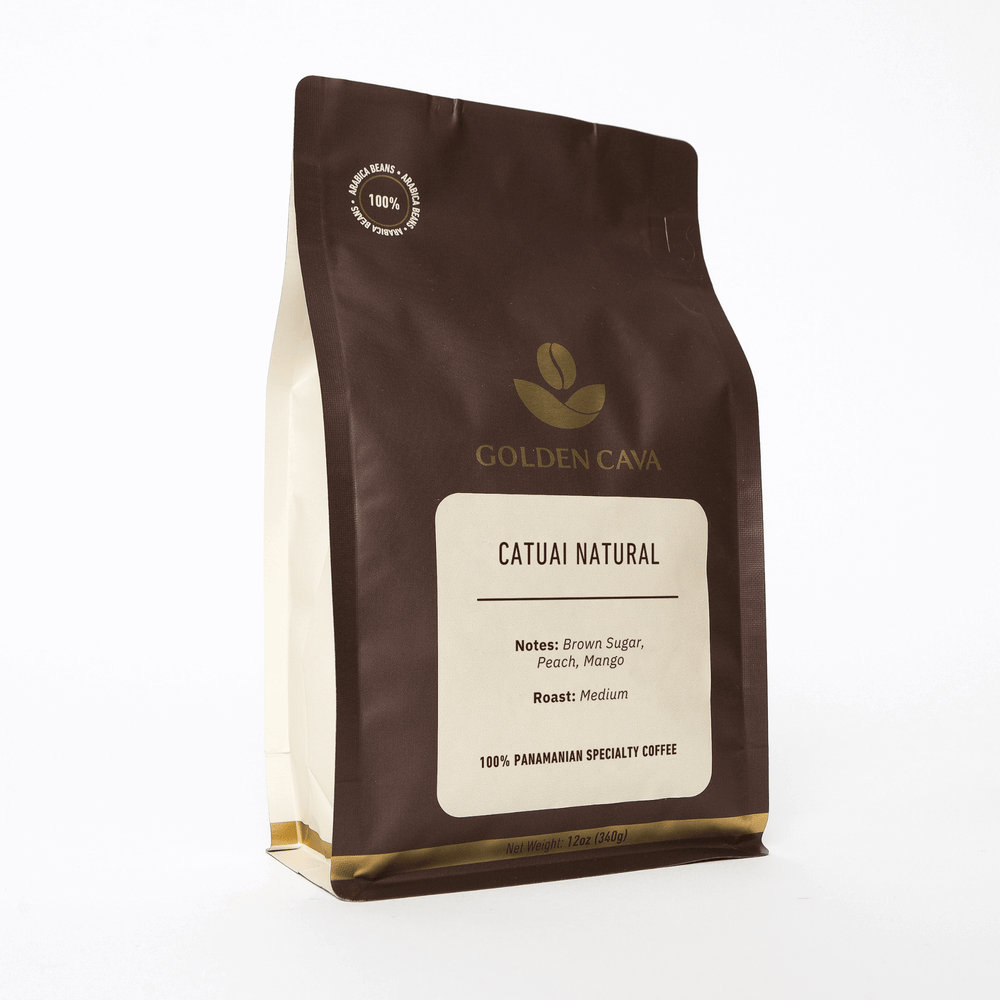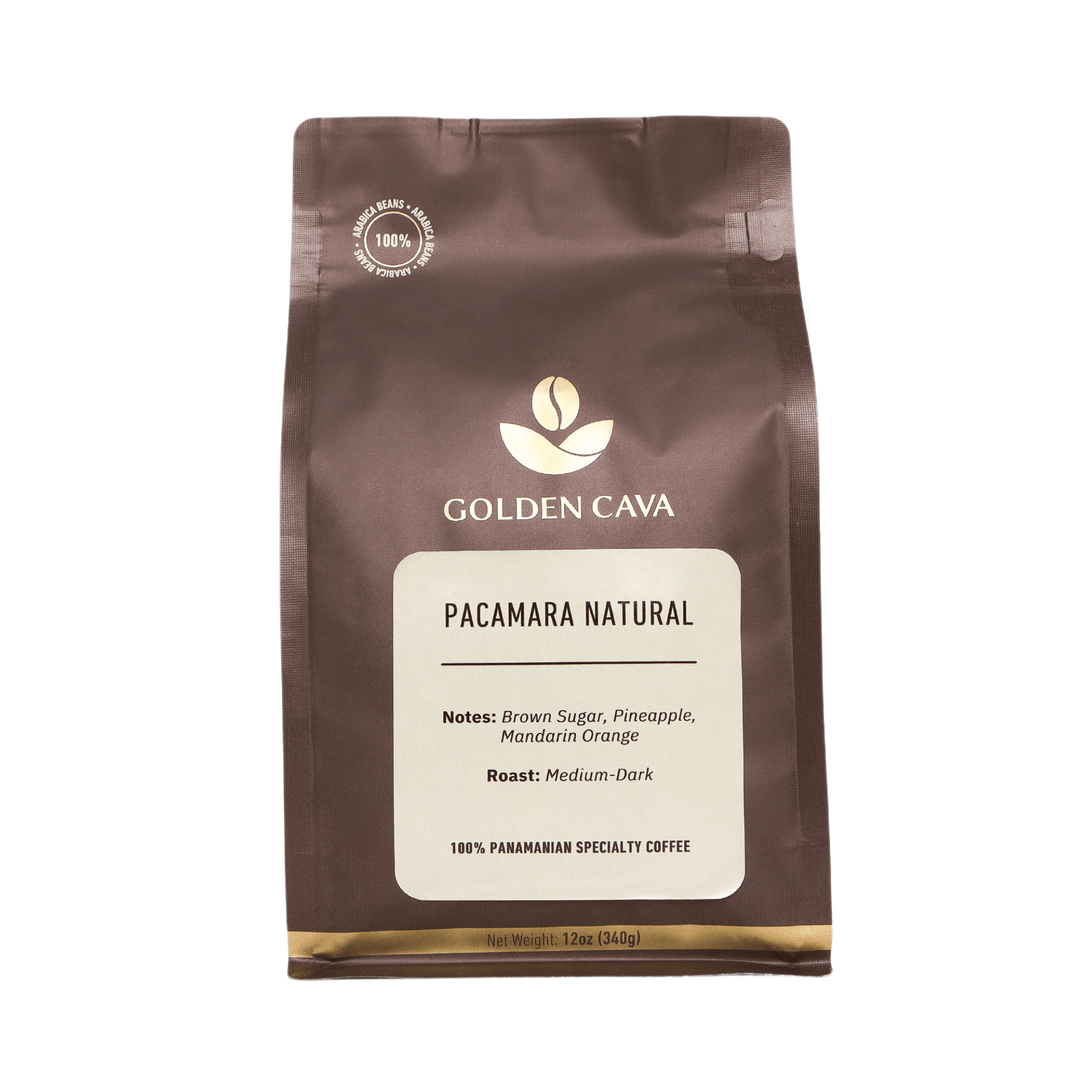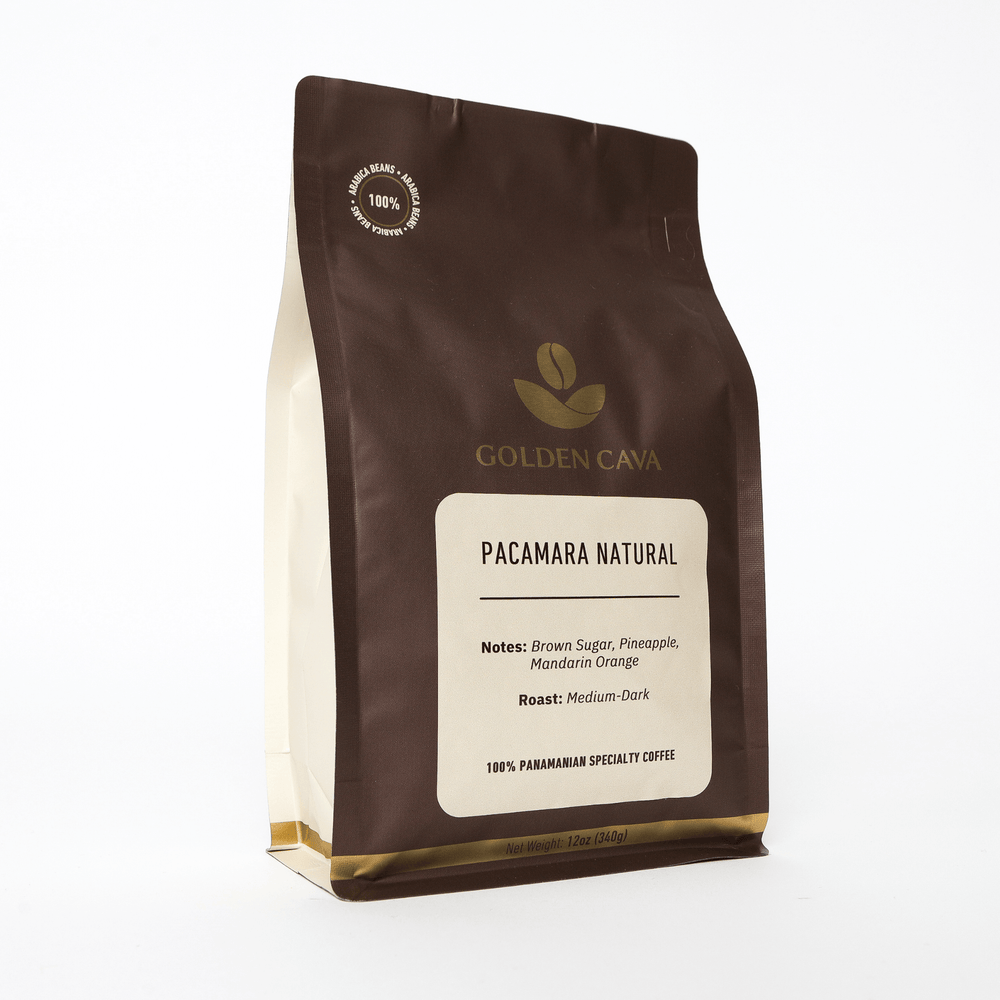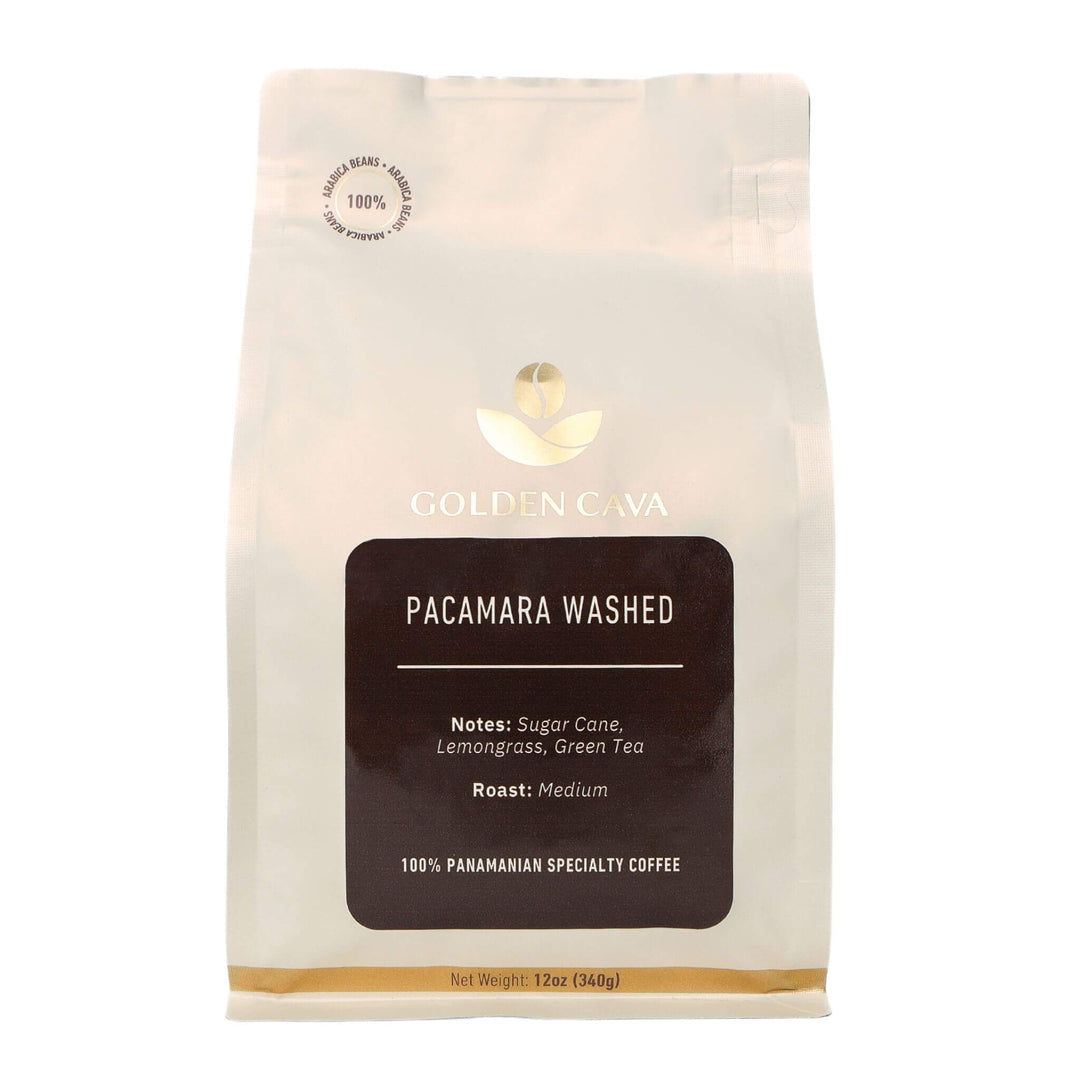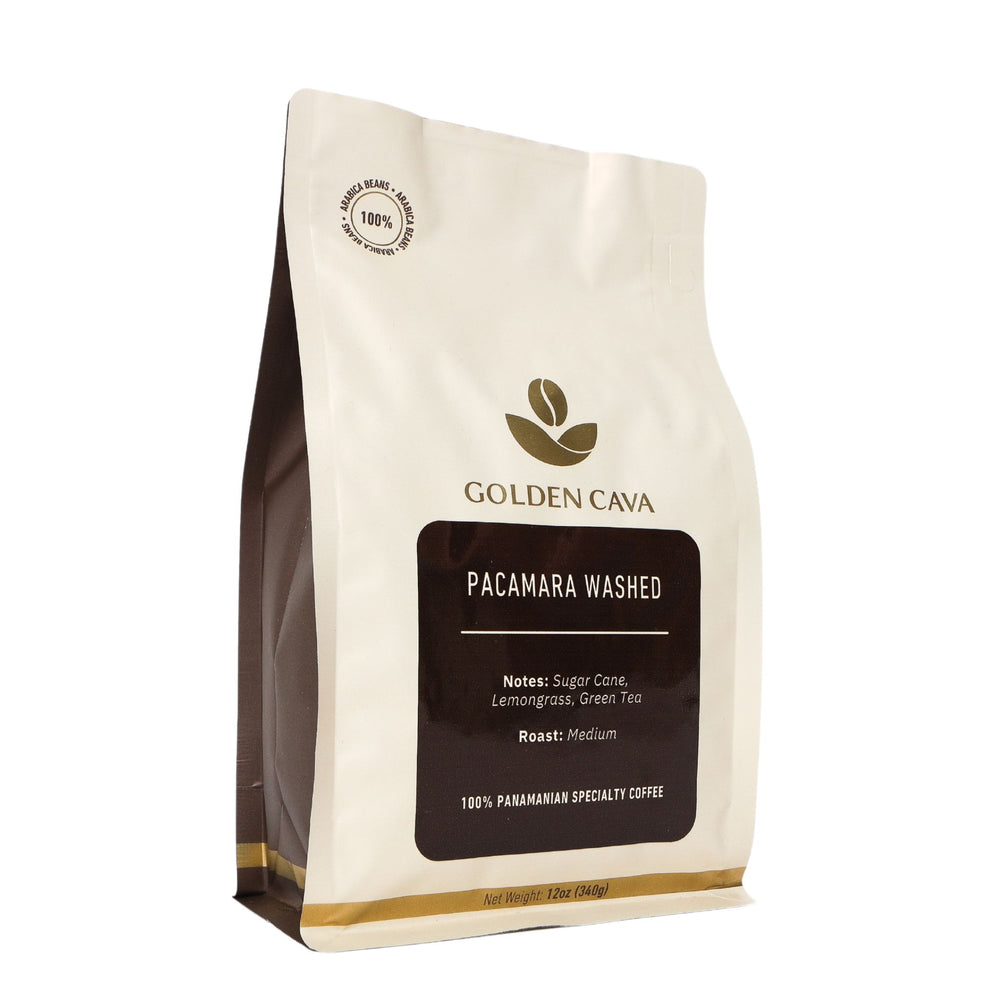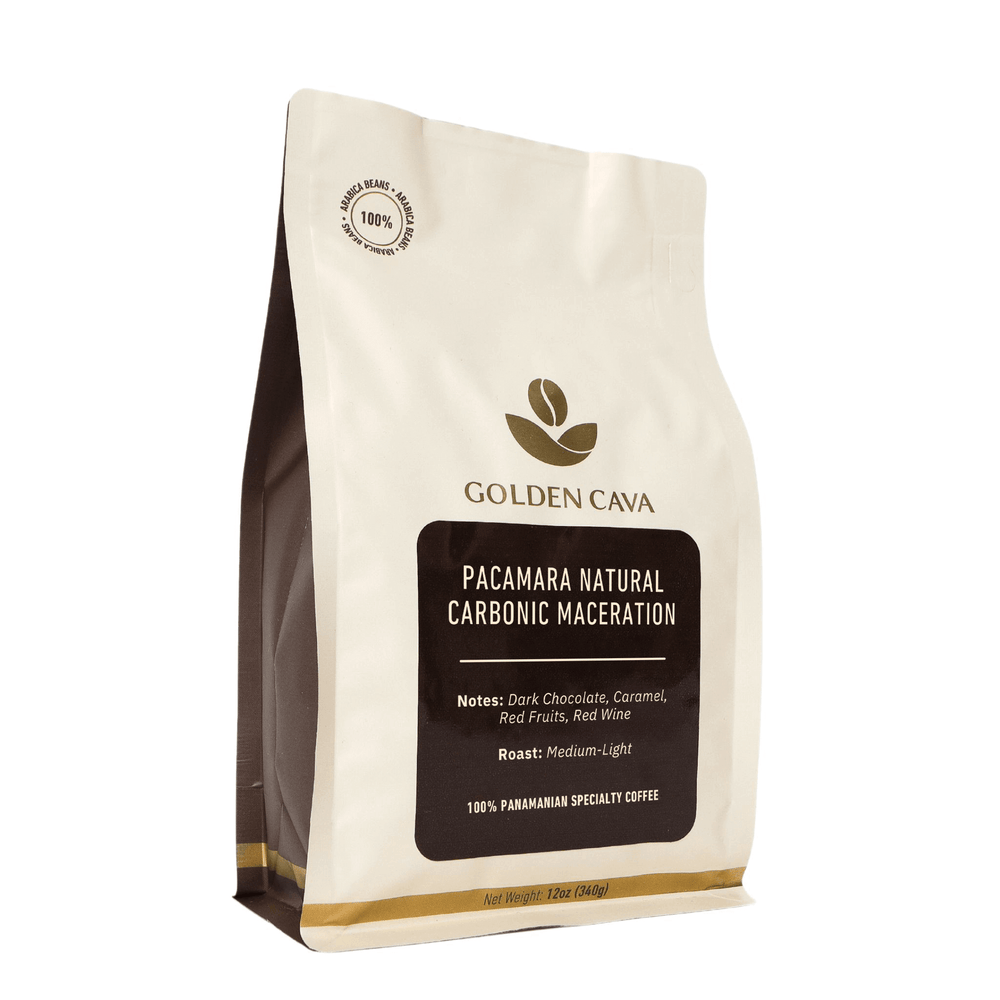Discover Your Ideal Chemex Grind Size for Perfect Coffee
We're about to spill the beans (pun very much intended) on the secret to a jaw-dropping Chemex brew! This blog post is your passport to coffee nirvana, where grind size reigns supreme.
We'll explore the differences between burr and blade grinders and how they impact your grind size and discuss various types of coffee grinds. Additionally, we'll examine factors that affect your grind size and provide tips on attaining an optimal Chemex grind size for a truly exceptional brewing experience.
Ready to master the art of grinding coffee specifically for Chemex brewing, elevating your daily caffeine fix to new heights?
Table Of Contents:
- 1. What is the Optimal Grind Size for a Chemex?
- Why Grind Size Matters
- 2. Burr vs Blade Grinders: How They Impact Your Grind Size
- 3. The Different Types of Coffee Grinds
- 4. Factors That Affect Your Grind Size
- 5. Tips for Achieving an Optimal Grind Size for a Chemex
- Frequently Asked Questions Chemex Grind Size
- Brew On With Your Chemex Coffee Maker!
1. What is the Optimal Grind Size for a Chemex?
The optimal grind size for brewing coffee in a Chemex plays an essential role in determining the quality and taste of your final cup. Understanding why grind size matters, how it affects extraction and flow rate, and what happens if you use an improper grind size will help you achieve the perfect brew every time.

Why Grind Size Matters
In order to extract all of the desirable flavors from your coffee beans while minimizing bitterness or sourness, it's crucial to choose the right grind size. The surface area exposed during grinding directly impacts how much water can penetrate and interact with the grounds during brewing.
A finer grind size exposes a larger surface area for quicker extraction, while coarse grinds require more time
Finding Balance: Extraction & Flow Rate
- Extraction: Proper extraction is key when it comes to achieving great-tasting coffee. Under-extracted coffee can taste weak or sour due to insufficient contact between water and grounds; over-extracted coffee may be bitter because too many undesirable compounds have been pulled from the beans.
- Flow Rate: In addition to affecting extraction levels, grind size also influences flow rate, the speed at which water passes through your grounds during the brewing process using a Chemex filter paper cone. A faster flow rate generally results in under-extraction, while slower rates lead towards over-extraction issues mentioned earlier (source).
The Ideal Grind Size for Chemex Brewing
To strike that delicate balance between proper extraction and ideal flow rate when using a Chemex, it's recommended to use a medium-coarse grind size. This is coarser than what you'd typically use for drip coffee but finer than the grind used for French press brewing.
A medium-coarse grind allows water to flow through optimally while still extracting all of the desired flavors from your beans.
What Happens If You Use the Wrong Grind Size?
If you choose a grind size that's too fine, your coffee may become over-extracted and bitter due to increased surface area exposure and slower flow rates caused by clogged filter papers in Chemex brewer.
On the other hand, using too coarse will result in an under-extraction of weak or sour taste because of not enough contact between the grounds and their limited surfaces during the brewing process itself. Experimenting with different grind sizes can help identify the perfect balance tailored specifically toward personal preferences as well as the types of roasts being utilized.
The optimal grind size for a Chemex is one that produces medium-coarse grounds, which will give you the best balance of flavor and body.
2. Burr vs Blade Grinders: How They Impact Your Grind Size
When milling coffee beans, the grinder you select can have a major effect on your grind size and evenness. There are two main types of grinders: burr grinders and blade grinders.
Understanding the differences between these two types will help you decide which one is best suited for achieving the optimal grind size for a Chemex.
Burr Grinders
Burr grinders utilize two revolving abrasive surfaces (burrs) that crush coffee beans into uniform particles. These devices offer several advantages over blade grinders:
- Precise control over grind size: With adjustable settings, burr grinders allow users to achieve a consistent and precise grind size tailored to their brewing method.
- Fewer fines: Burr grinders produce fewer fine particles than blade models, resulting in less bitterness and better extraction during brewing.
- Durability: High-quality burr grinders often have longer lifespans compared to their blade counterparts due to more robust construction materials.
Blade Grinders
Blade grinders, on the other hand, use spinning blades that chop coffee beans into uneven pieces. While they tend to be more affordable than burr models, there are some drawbacks associated with using them:
- Inconsistent grind size: Blade grinders often produce a mix of fine and coarse particles, which can lead to uneven extraction and an unbalanced cup of coffee.
- Heat generation: The friction created by spinning blades generates heat, potentially altering the flavor profile of your beans.
- Limited control over grind size: Blade grinders offer little control over the final particle size with no adjustable settings.
To achieve the optimal grind size for a Chemex, it is highly recommended that you invest in a quality burr grinder. Not only will this provide more consistent results, but also allow you to experiment with different brewing methods while maintaining precise control over your coffee's extraction process.
For those who are serious about their coffee experience and want to make the most out of their Chemex brews, choosing a burr grinder is undoubtedly worth the investment.

3. The Different Types of Coffee Grinds
Brewing coffee necessitates an appropriate grind size for your cup's ideal taste and quality. Understanding the various coffee grinds can be beneficial when selecting an appropriate one for your desired brewing technique, such as a Chemex.
This section will explore different grind sizes, from coarse to fine, and their respective uses.
a) Coarse Grind
A coarse grind is characterized by large particles that resemble sea salt or breadcrumbs. This type of grind is ideal for brewing methods with longer extraction times, like French press, cold brew, and percolator.
Due to its larger particle size, water takes more time to penetrate through the grounds, resulting in slower extraction rates which are suitable for these methods.
b) Medium-Coarse Grind
The medium-coarse grind falls between coarse and medium grinds with a texture similar to rough sand. It's best suited for pour-over methods like Chemex or Clever Dripper where you need a balance between flow rate and extraction time. A medium-coarse grind allows proper water flow while still extracting enough flavor compounds from the beans during brewing.
c) Medium Grind
This type of grind has a consistency comparable to regular table salt or granulated sugar. It works well with drip coffee makers (both automatic and manual), AeroPress (with 1-2 minute brew time), siphon brewers, or any other method requiring moderate extraction times combined with good filtration systems.
d) Fine Grind
Fine grinds have smaller particles resembling powdered sugar or flour-like texture perfect for espresso machines and Moka pots. The smaller particles create more surface area, allowing for faster extraction rates which are necessary for these high-pressure brewing methods.
e) Extra Fine Grind
Extra fine grinds are used primarily in Turkish coffee preparation where the grounds need to be almost powdery to achieve a thick, rich brew. This grind size is not suitable for most other brewing methods as it would lead to over-extraction and bitterness in your cup.
Choosing the right grind size is essential based on your preferred brewing method and equipment. For Chemex users, sticking with a medium-coarse grind will provide optimal results by ensuring proper extraction and flow rate during brewing. Trying out diverse coffee beans may help you discover the ideal flavor combination that suits your palate.
When it comes to crafting a delicious cup of joe, the grind size you choose is essential. With that in mind, let's explore some of the factors that affect your grind size and how you can use them to get the best results.

4. Factors That Affect Your Grind Size
To achieve optimal grind size for a Chemex, there are several factors that can influence your results. Grasping the components that affect your grind size can aid you in making alterations and refining your grinding technique to guarantee a flawless cup of coffee each time.
Bean Type
The type of coffee bean you use can have an impact on the grind size needed for brewing in a Chemex. Different beans may require slightly different grind sizes due to density, oil content, and flavor profile variations. For example, Ethiopian coffees tend to be more delicate and fruity compared to bold and earthy Sumatran coffees.
As such, Ethiopian beans might need a slightly coarser grind than Sumatran beans when brewed with a Chemex.
Roast Level
The roast level of your coffee also plays an important role in determining the ideal grind size for your Chemex brews. Lighter roasts typically require finer grinds as they have less soluble compounds compared to darker roasts, which contain more oils and solubles that extract easily at coarser grinds.
Keep this factor in mind when adjusting your grinder settings based on the roast level of your chosen coffee beans.
Brewing Method
- Pour-Over: Pour-over methods like the Chemex generally call for medium-coarse grinds since they allow water to flow through evenly without over-extracting or under-extracting flavors from the grounds.
- French Press: This brewing method requires a coarser grind size to prevent the grounds from passing through the mesh filter and creating a muddy cup of coffee.
- Aeropress: The Aeropress can accommodate various grind sizes but generally works best with medium-fine grinds for optimal extraction and flavor balance.
- Espresso: Espresso machines require very fine grinds due to their high-pressure extraction process that quickly extracts flavors from the coffee grounds.
Considering these factors will help you make informed decisions when adjusting your grinder settings. By understanding how bean type, roast level, and brewing method affect your grind size requirements, you'll be better equipped to achieve an optimal Chemex brew every time.
Grinding size is a major element to bear in mind when utilizing a Chemex, and comprehending how each of these factors can modify your grind size will help you obtain the best results. With this knowledge in hand, it's time to move on to tips for achieving an optimal grind size for a Chemex.

5. Tips for Achieving an Optimal Grind Size for a Chemex
Here are some tips that will help you get there:
1. Invest in a Quality Grinder
A good grinder is key to achieving consistent and precise grind sizes. Burr grinders, especially conical burr grinders, are recommended over blade grinders because they provide more control and consistency.
2. Experiment with Your Grinder Settings
Different beans and roasts may require slight adjustments in your grinder settings to achieve the ideal medium-coarse grind for a Chemex. Don't be afraid to experiment until you find what works best for your specific coffee.
3. Use Fresh Coffee Beans
Freshly roasted beans make all the difference when it comes to brewing quality coffee at home or on-the-go while traveling as an entrepreneur or business owner who loves specialty coffee experiences like those offered by Golden Cava.
Fresher beans allow better extraction during brewing, leading to improved flavor profiles.
4. Measure Your Coffee Accurately
- Weighing your whole bean coffee before grinding ensures precision in both dosage and extraction levels during brewing.
- A rule of thumb is to use approximately 42 grams (around 6 tablespoons) of ground coffee for each 700ml (24 ounces) of water; however, tweak this ratio as desired based on your own preferences.
5. Clean Your Grinder Regularly
Maintaining a clean grinder helps prevent the buildup of old coffee grounds and oils, which can negatively impact the flavor of your brewed coffee. Be sure to adhere to the maker's directions for upkeep and cleaning.
By following these tips, you'll be well on your way to achieving an optimal grind size for brewing delicious Chemex coffee at home or during your travels as a specialty coffee enthusiast.

Frequently Asked Questions Chemex Grind Size
What size grind should I use for Chemex?
This allows the water to flow through the grounds at an appropriate rate, extracting maximum flavor without over-extracting or causing bitterness. A consistent grind is essential to achieve this balance.
What grind size for Chemex Breville?
For brewing with a Chemex using a Breville grinder, set your grinder to a medium-coarse setting between 50 and 60 on the dial. This will provide you with the ideal particle size for proper extraction and balanced flavors in your cup of coffee.
What size grind for V60 and Chemex?
The recommended grind sizes differ slightly between these two pour-over methods: For Hario V60, use a medium-fine setting; while for Chemex, opt for a medium-coarse setting. Adjusting your grinder accordingly ensures that each method extracts its unique flavors optimally.
How many beans do you grind for Chemex?
To brew one serving (5 oz) of coffee in a standard six-cup Chemex, measure out approximately 30 grams (1 ounce) of whole beans before grinding them into medium-coarse particles. Adjust bean quantity based on desired strength or number of servings required.
Brew On With Your Chhemex Coffee Maker!
Now that you've mastered the grind, let your Chemex coffee maker take center stage. With the perfect grind size, you're all set for a coffee journey like no other. Get adventurous, try various grind types, and let your taste buds be your guide.
Discover the perfect grind size for your Chemex with Golden Cava's specialty coffee beans and brewing equipment selection. Experience a richer cup of coffee today, and make every sip an adventure!
